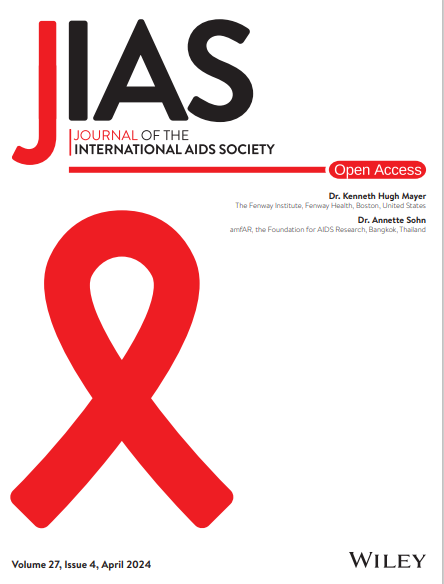The key design features and effectiveness of social network interventions for HIV testing and linkage services in low- and middle-income countries: a systematic review and meta-analysis
Abstract
Introduction
HIV remains a global health challenge with a reported 39 million people living with HIV (PLHIV) in 2022. Sub-Saharan Africa, Asia and the Pacific are home to 82% of PLHIV, where limited access to healthcare resources underscores the urgency of innovative strategies to combat the epidemic effectively. Social network interventions (SNIs) hold promise for improving HIV testing and linkage services by engaging populations at greatest risk. This review evaluates the key design features and effectiveness of SNIs for HIV testing and linkage in low- and middle-income countries (LMICs).
Methods
We searched four databases (Medline, Embase, Global Health, Web of Science) for the period from 1st January 2003 until 16th June 2023. A combination of the terms “Social Network,” “HIV,” “testing” and “linkage” with an LMIC filter was used. We included interventional study designs that compared an SNI for HIV testing and/or linkage to care against non-network comparator approaches. Narrative synthesis and random effects meta-analyses were conducted to synthesize the results.
Results
Of the 6763 records, 13 studies met the inclusion criteria; eight were randomized controlled trials, and five were non-randomized designs. Nine studies engaged key populations. The most common strategy involved recruiting and training seeds, who then delivered HIV services to network members. The use of networks varied significantly across the papers. The network approaches used were induction (n = 11), alteration (n = 1) and a combination of individual and segmentation approaches (n = 1). The pooled estimates showed that SNIs had a modest effect on the uptake of HIV testing RR 1.12 [95% CI 1.08−1.17) but the directionality of effect for the proportion newly diagnosed positive (RR 0.88 [95% CI 0.74−1.04]) and linkage to care (RR 0.98 [95% CI 0.86−1.08]) was towards the null.
Discussion
SNIs improved the uptake of HIV testing and exhibit important variability in their design.
Conclusions
There is a need for more studies designed to capture the complex relational dynamics of network interventions and to provide strong evidence on their isolated effects. Additionally, it is necessary to expand the use of network approaches to other priority populations.
PROSPERO Number
CRD42023434770


 求助内容:
求助内容: 应助结果提醒方式:
应助结果提醒方式:


